Long life to the internal combustion engine. It is ironic that the “announced end” of the internal combustion engine due to rampant electrification, has not been an impediment to seeing great advances in recent years: variable compression ratio (Nissan), compression ignition in gasoline engines ( Mazda) and now, Koenigsegg will put into production (albeit very limited) the first Otto cycle engine (4 stroke) without a camshaft.
It is on this path of innovation that INNengine's 1S ICE also emerges, which promises to go even further.
A small but revolutionary engine, with very interesting engineering solutions inside. Let's meet them?
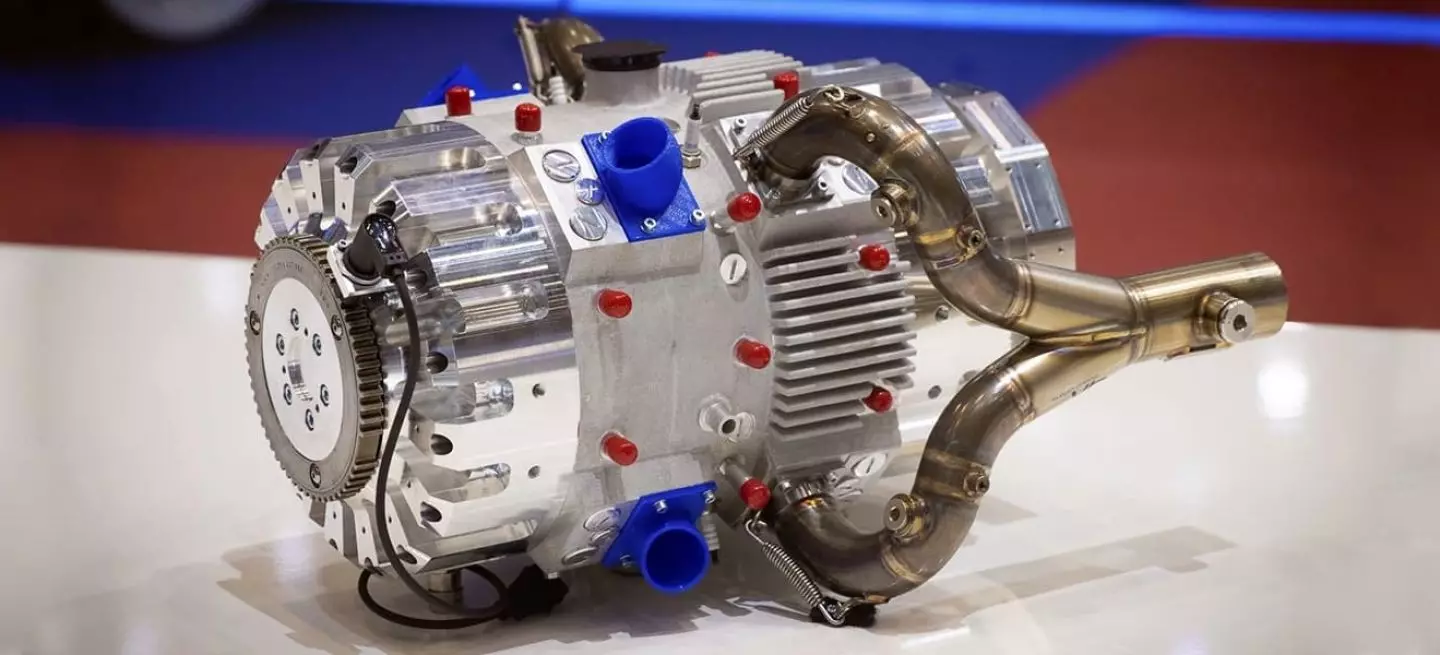
What is 1S ICE?
The 1S ICE from INNengine is a very compact engine in size and capacity, weighing just 500 cm3 and weighing just 43 kg — its creator, Juan Garrido, says he is already working on an evolution of this unit weighing just 35 kg (!).Its low weight and volume are two of the main advantages that those responsible for INNengine announce over conventional internal combustion engines (4 strokes):
- Up to 70% total volume reduction;
- Up to 75% weight reduction;
- Up to 70% fewer components;
- And up to 75% less displacement, but with the same power density as a conventional engine 4x larger. For example, the 500 cm3 1S ICE achieves the same power as a 2000 cm3 4-stroke engine.
We can also see that, despite the small cubic size, the 1S ICE has four cylinders and… eight pistons — it's no mistake, it's actually eight pistons… In other words, it's two pistons per cylinder, which in this case means we're in the presence of an engine of opposing pistons. I wrote opposing pistons and not the more commonly known opposing cylinders. What's the difference?
Opposite pistons are older than you think
Opposite-piston engines are not the same as opposite-cylinder engines like those we know in Porsche and Subaru. What's the difference? In opposing piston engines we have two pistons per cylinder, working one opposite the other, with the combustion chamber being shared by both.
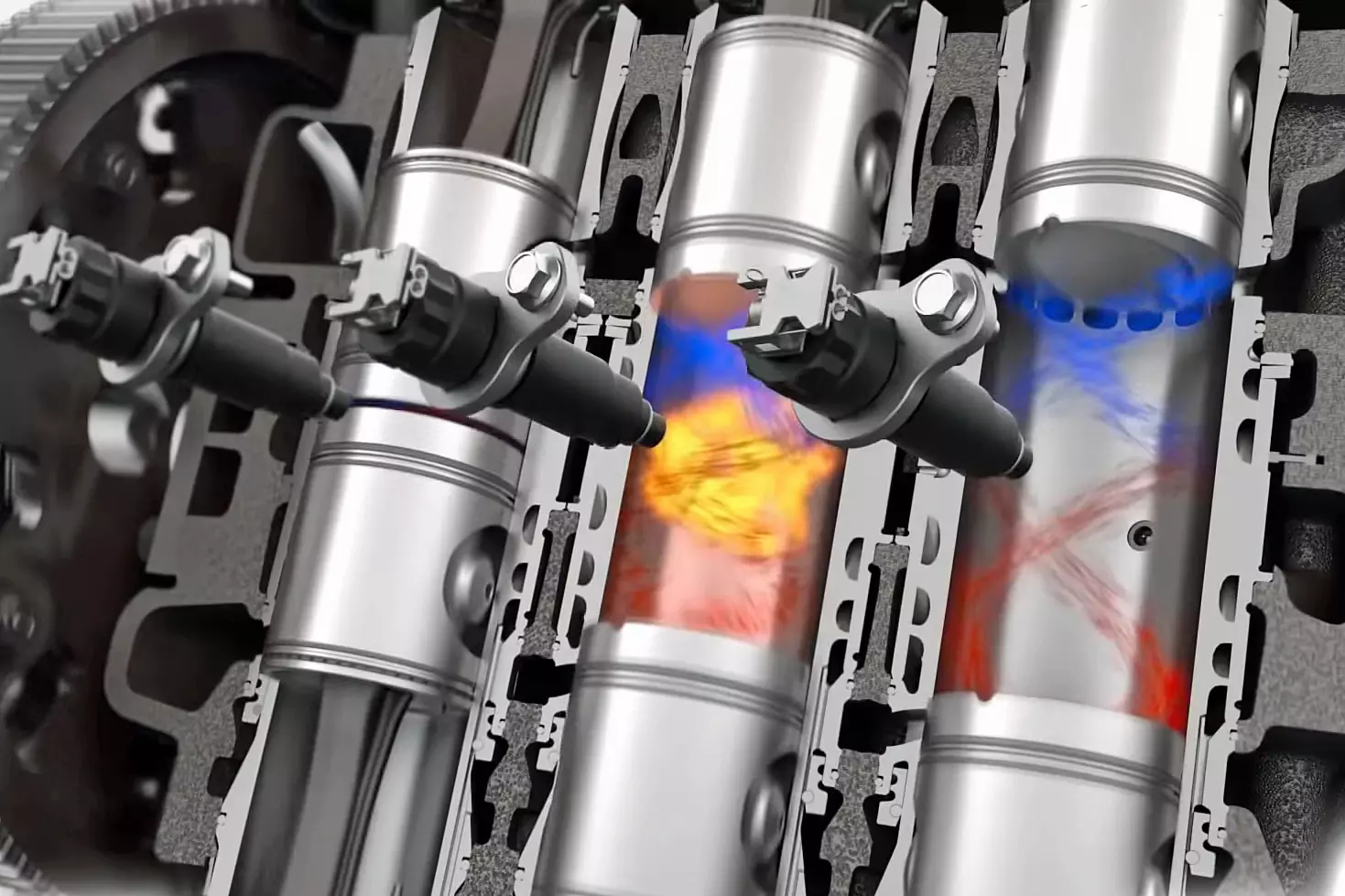
It is not, however, new when it comes to internal combustion engines, despite being an unusual technical solution.
In fact, the first opposing piston engine dates back to 1882, designed by James Atkinson (the same Atkinson who gave his name to the eponymous combustion cycle found, above all, in hybrid vehicles, due to its greater efficiency).
The main advantage of this arrangement lies in greater efficiency, as there is no longer a cylinder head and camshafts — the opposing piston engines are 2-stroke — reducing weight, complexity, heat and friction losses, and cost.
Subscribe to our newsletter
However, in practice, as the two pistons in the same cylinder have to work in a coordinated way, they have to be physically linked together, forcing to replace some of the lost complexity and weight.
Opposite piston engines have been used, above all, in large transports, such as ships, military vehicles, or even as efficient generators. In the car world they are much rarer. Today, perhaps the closest opposite-piston engine to equipping a car (or at best a commercial vehicle) is that of Achates Power. You have a short video that lets you see how it works:
Opposite pistons 2.0: goodbye crankshaft
What is the difference between the 1S ICE from INNEngine and this opposite-cylinder engine from Achates? As we can see in the film above, to control the movement of all the pistons in the cylinders we have two crankshafts joined together by a gear system. The 1S ICE simply dispenses with the crankshafts, and with them the connecting rods and all associated gears disappear from the scene.
By so significantly reducing the number of components needed for the operation of its engine, INNengine has thus achieved the aforementioned reductions in volume and mass, and a potential increase in efficiency.
In place of the crankshafts we find two pieces (a kind of disc that fits on the engine shaft), one at each end of the engine, with one of its meticulously calculated undulated surfaces. They are what make it possible to perfectly coordinate the movement of the eight pistons (which now move in an axis parallel to the motor axis).
See them in operation:
Sounds absurdly simple, doesn't it? Thanks to the equidistant and concentric arrangement of all (few) moving parts, and the movement of the pistons aligned with the main shaft, the balance of this engine is practically perfect.
The absence of vibrations is such that, when they showed a film of a prototype engine on a test bench, it was accused of being false, as it was not visible to the naked eye that the engine was running…
In this short video we can also see other features of the 1S ICE, such as the possibility of slightly advancing the positioning of one of the “crankshafts”. A possibility that allows for variable distribution, not the valves (they don't have them), but the ports (inlet and exhaust) that take their place. And it also allows dynamically variable compression ratio, changing it as needed, as with the Nissan engine.
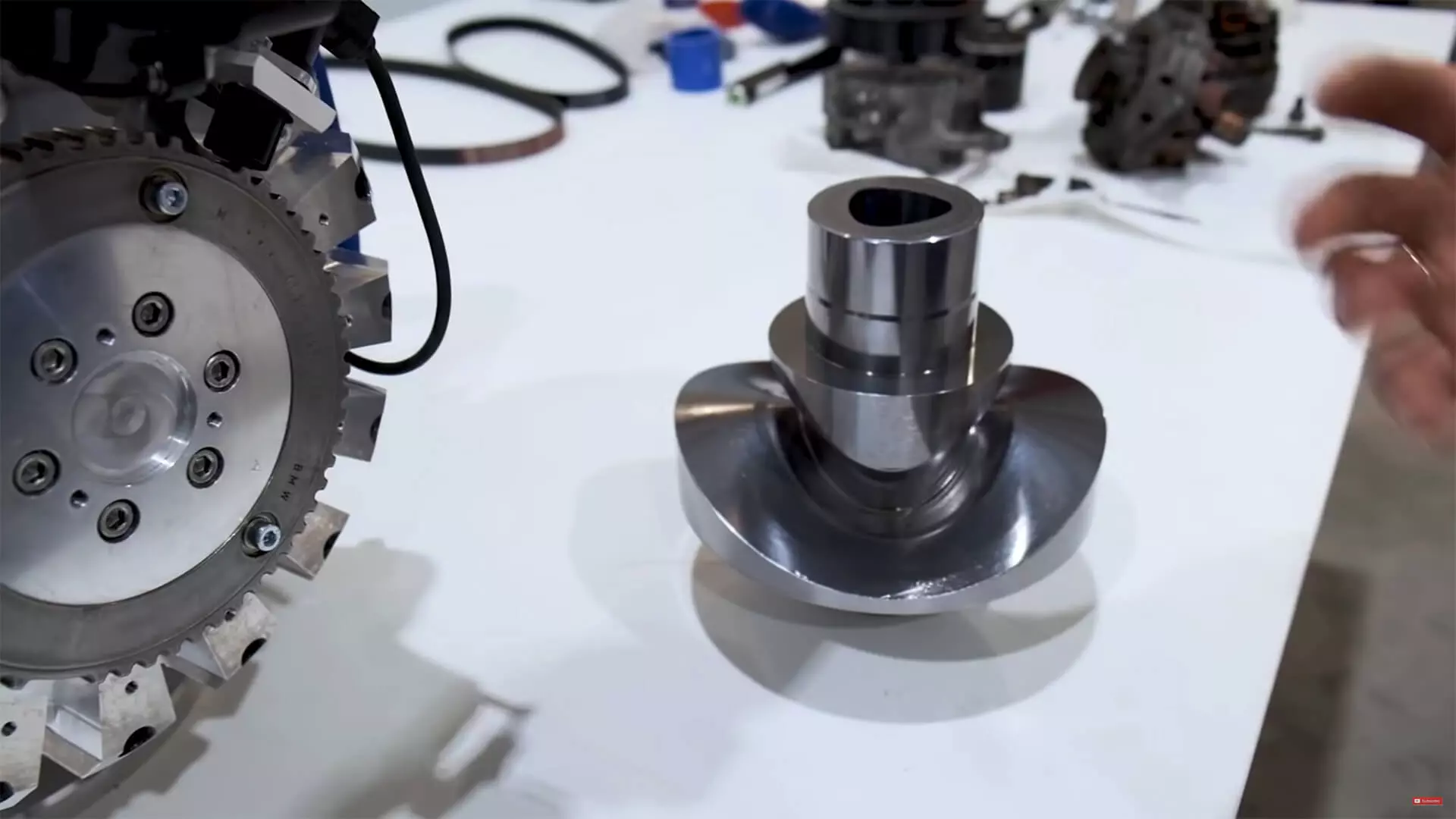
The objective of these options, as you can find in some of the 4-stroke engines that equip our cars, is to achieve greater efficiency and performance. In the case of the 1S ICE, it allows the flexibility that 2-stroke engines — such as those with opposite pistons — do not allow, with these being of fixed parameters.
And that brings us to another innovation of the 1S ICE, the fact that it is a 1-stroke engine, a feature so important that it is part of its name: 1 Stroke or 1-Stroke.
Only 1 time?! As well?
We are familiar with the term 4-stroke engine (the one that equips our cars with an internal combustion engine), as well as the 2-stroke engine (these are more often associated with motorcycles). However, INNengine says its engine is 1 stroke, which means:
- 4-stroke: one explosion for two crankshaft turns;
- 2 strokes: one explosion for each crankshaft turn;
- 1 time: two explosions for each crankshaft turn.
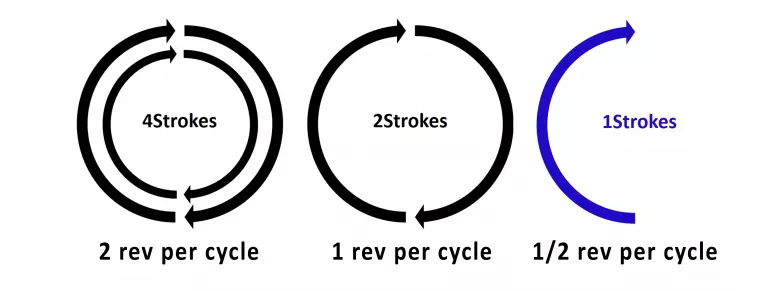
In other words, although the operating principle of the 1S ICE is similar to that of 2-stroke engines, it manages, however, twice the explosions for each rotation of the crankshaft, and quadruple what we can achieve in a 4-stroke engine. At the same time, this new architecture achieves all of this with fewer components.
This is one of the “secrets” for its promised efficiency and also for its specific performance: according to INNengine, its small 500 cm3 is capable of presenting numbers equivalent to a 2000 cm3 4-stroke engine.
The numbers… possible
We are still in the development stage, so there are no definitive numbers. But in the videos where Juan Garrido appears to explain everything about his engine (we'll leave a video at the end of the article), there is a number that stands out: 155 Nm at 800 rpm! An impressive figure and just for comparison, we have similar torque values achieved by the small thousand turbos in our market, but reached 1000 rpm later and… they are supercharged.Numbers related to consumption/emissions, we will have to wait longer, which brings us to the fundamental question:
Will it come to equip a car?
Maybe, but not in the way you think. Although they are converting a Mazda MX-5 (NB) to serve as a test prototype for this engine, the objective and orientation of its development is mainly to serve as a range extender for electric vehicles.
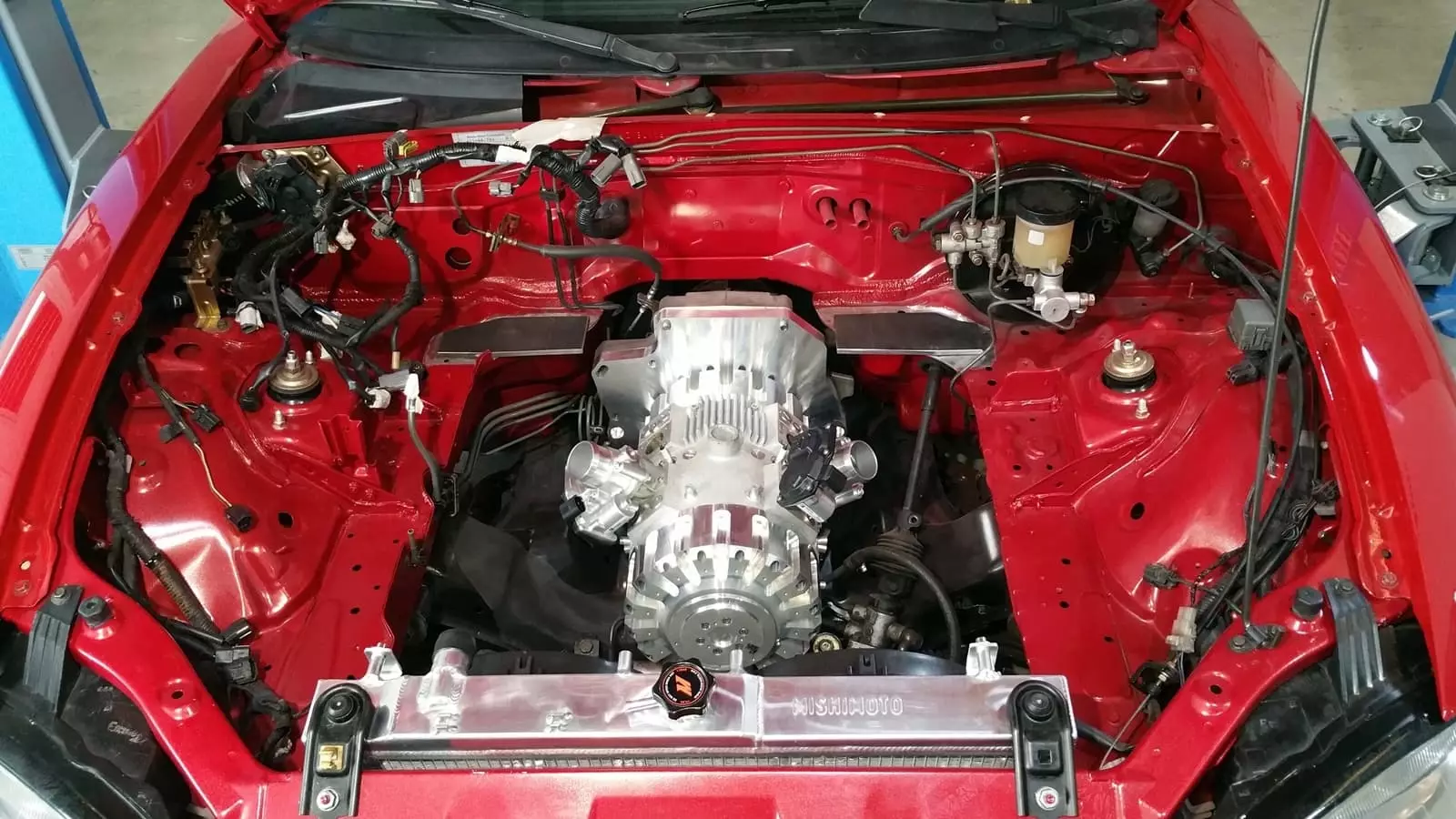
The fact that it's so compact, light, efficient, and produces such high numbers at such low revs — the goal for this range extender is to produce 30 kW (41 hp) at 2500 rpm — can make it the perfect range extender . Less cost (no need for such a large battery), less pollution (more efficient combustion engine), and high on-board refinement (absence of vibrations).
However, other applications are ahead for this engine, with INNengine developing an engine for competition, and aviation (light) has already shown a high interest in this engine.
Real world
Like the Achates Power engine, the potential of the INNengine 1S ICE is undeniable. To really see it, huge financial support is needed, and although both companies have the support of Saudi Aramco (the Saudi oil giant), the ideal would be to have the support of one or several car manufacturers.
If Achates Power has already achieved it thanks in part to support from Cummins (engine maker) and ARPA-E (US government agency for advanced energy-related projects), INNengine has yet to find it.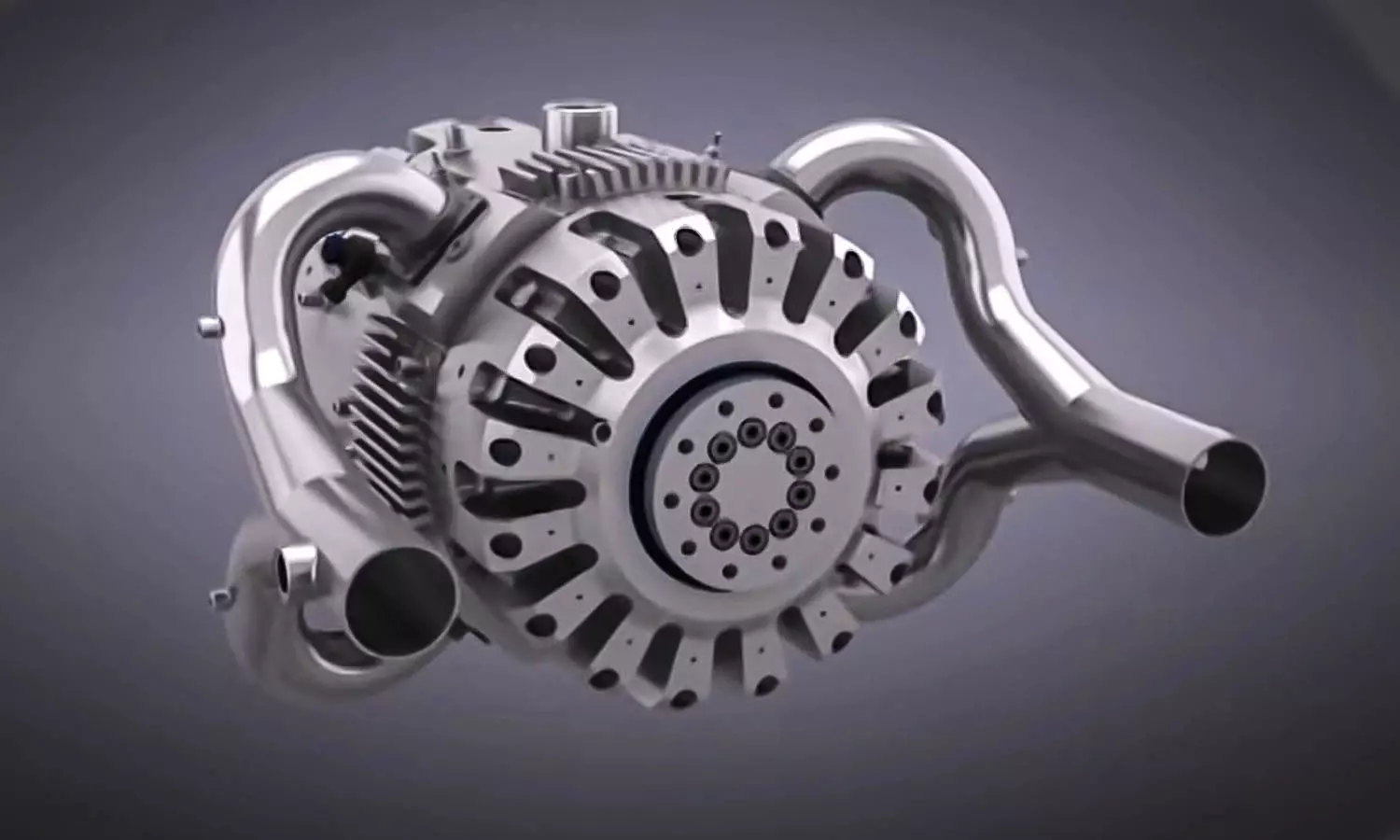
There are 10 years of development, there are already engine prototypes on test benches. The interest generated can only rise — even due to the promises of this booster —, but even so, it is not guaranteed to reach a successful conclusion. This is due to the current context, where the automobile industry is forcibly focused, only and only, on electrification. It will be difficult for a builder to diversify his investment into an entirely new internal combustion engine, and beyond where so much is new in it.
It's no wonder INNengine's focus on developing the 1S ICE as a range extender — it seems to be the only chance it can take hold in the near future and capture the interest of the auto industry.
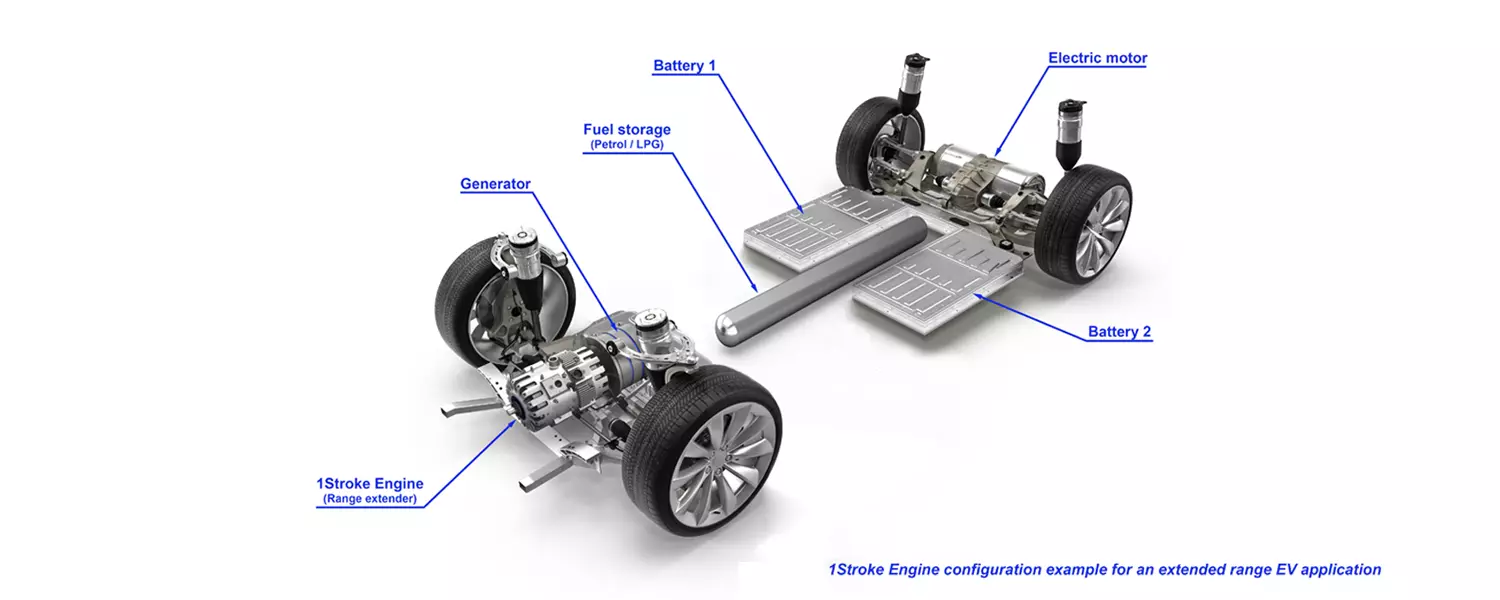
The importance of the internal combustion engine in the future is relevant not only for the automobile, but for all types of vehicles it uses, whether land, sea or air. The numbers are clear and overwhelming.
Around 200 million internal combustion engines are produced each year (around 90 million belong to cars), so it is not expected that in the short/medium term they will simply disappear now that we have “discovered” electricity.
It is essential to continue to invest in their evolution, as they are also part of the solution.
For those who want to know more about this internal combustion engine, I leave you a video (Spanish, but subtitled in English) by Juan Francisco Calero, journalist, who had the opportunity to visit INNengine's facilities and speak with Juan Garrido, from INNengine :
